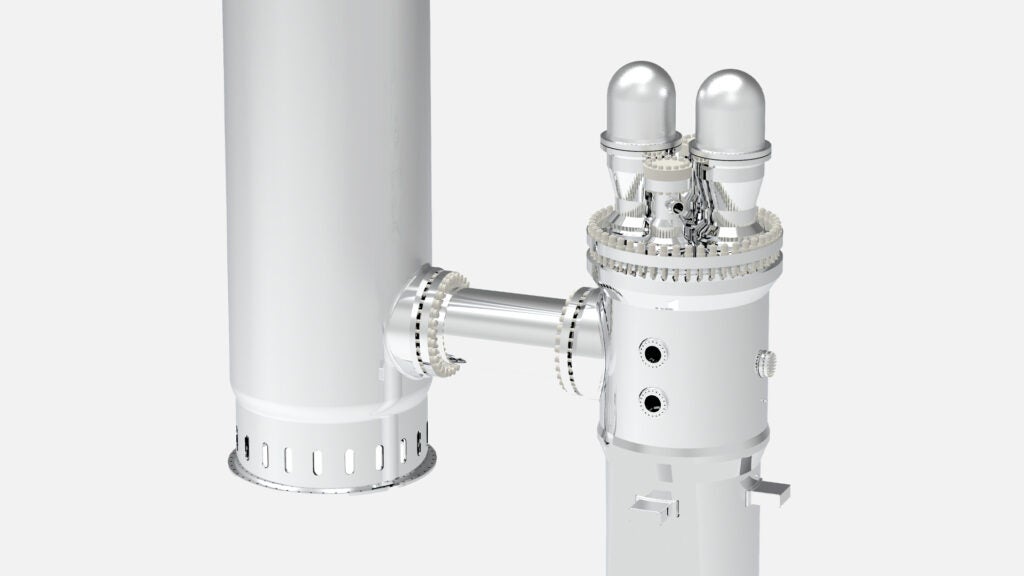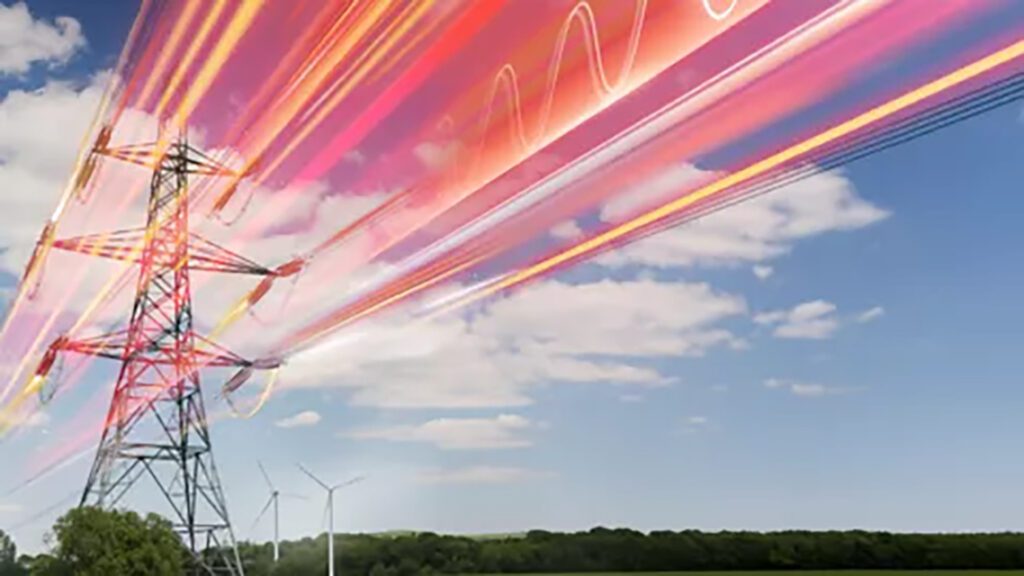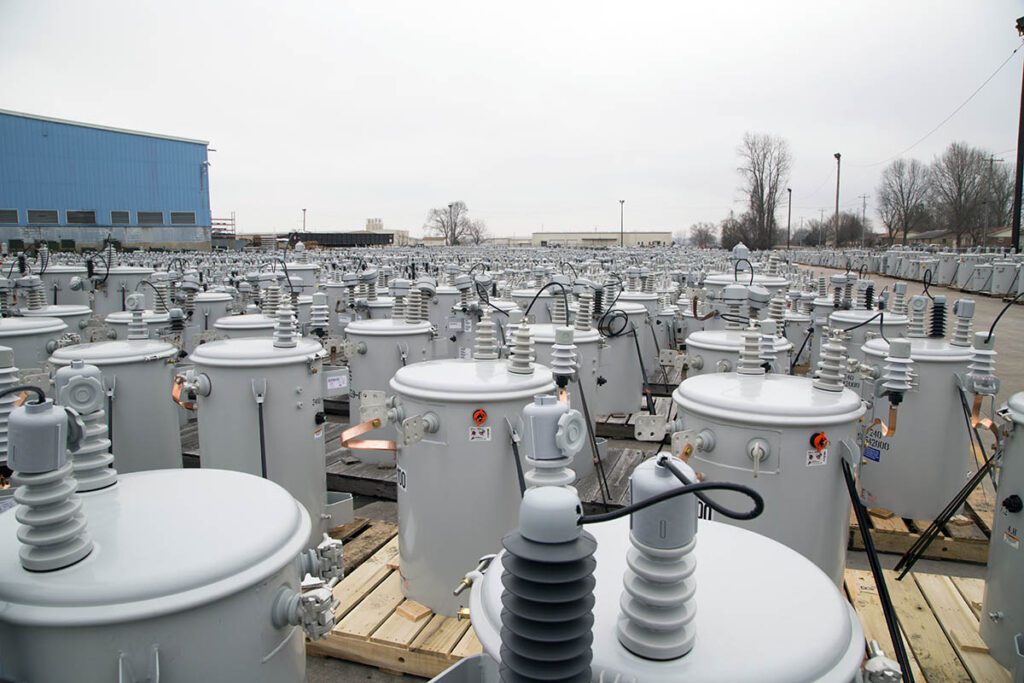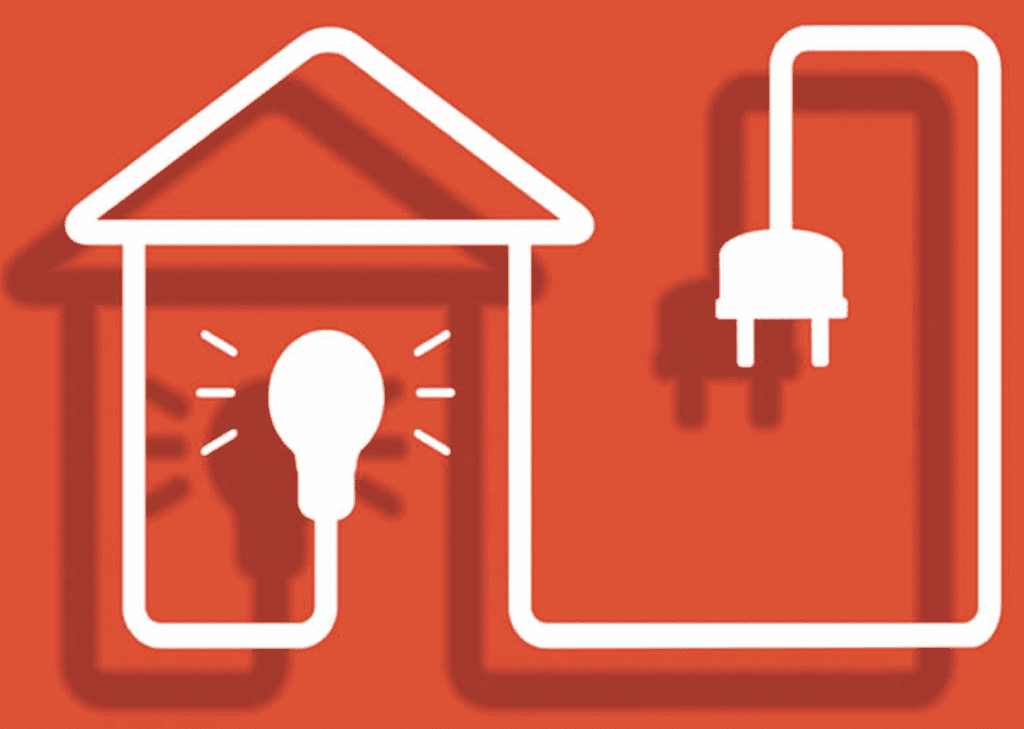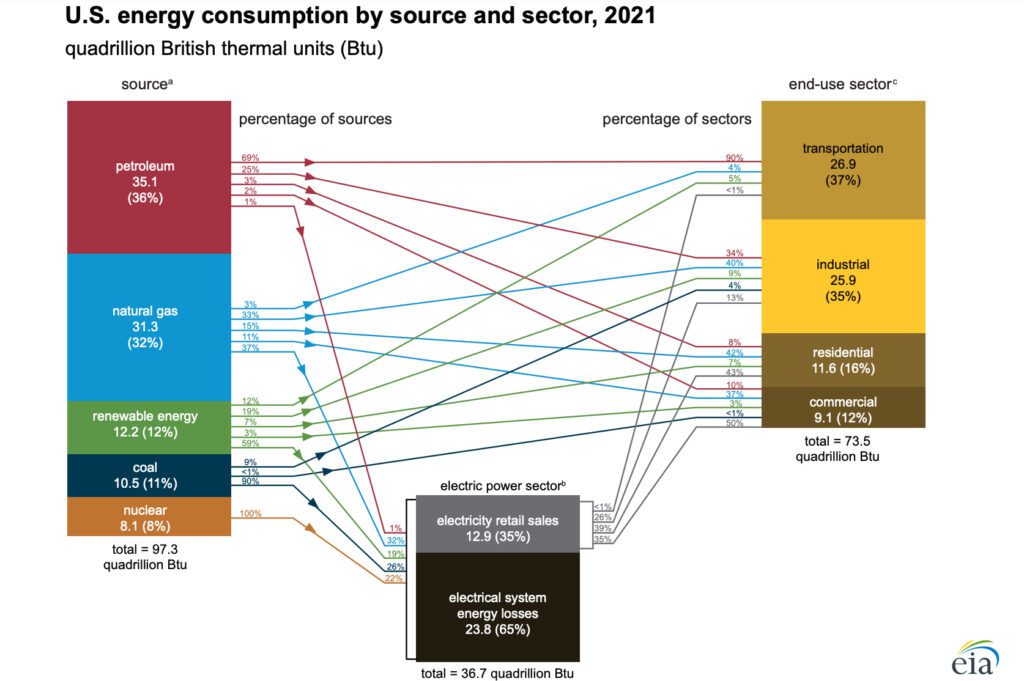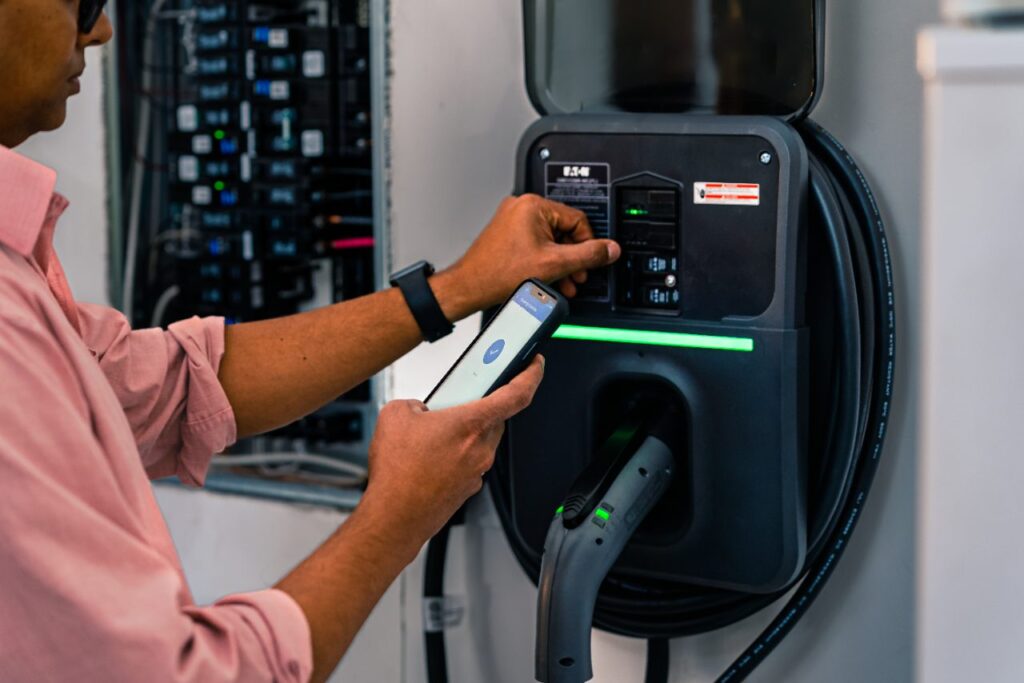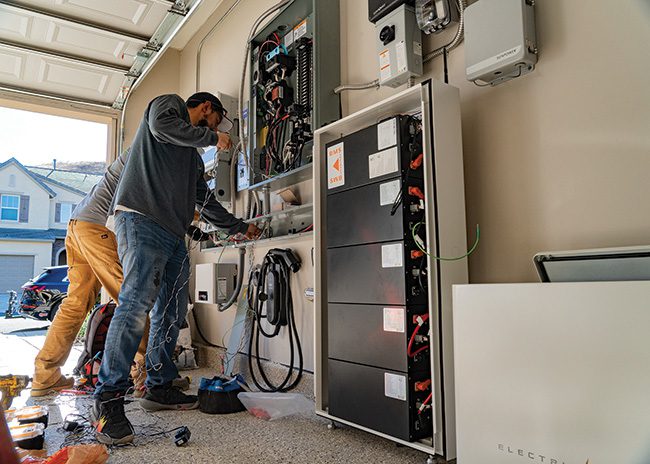The past few weeks have seen a flurry of activity around rules governing the energy-efficiency standards required from household appliances.
In late March, the Department of Energy (DOE) announced it would eliminate four efficiency standards enacted during the Biden administration. In addition, the Trump administration has issued statements suggesting that the power to choose appliances and energy-efficiency standards should not belong to the federal government, setting the stage for a state-level approach.
COMMENTARY
Meanwhile, we’re already seeing this communication trickle down to the state and city levels. In April, the city of Berkeley, California, proposed an ordinance that would require all outgoing owners of single-family homes to install energy-efficiency upgrades when a property is sold.
With federal and local guidelines running in different directions, homeowners may be confused—and understandably so—about their own responsibilities and tactics. But despite these moving pieces, one thing is true across the board: investing in whole-home electrification is a great way to become more energy-efficient and future-proof your home against skyrocketing energy demand and grid reliability concerns.
The Shift From Federal to State and Local
The federal government has clearly stated its intention to relax regulations on energy-efficiency, claiming these should be subject to state guidance. Here’s a brief glimpse at the some of the critical changes to be aware of:
- Four energy-efficiency standards from the previous administration, including rules on electric motors and water heaters, were removed.
- In January, President Trump called for U.S. policy to “safeguard the American people’s freedom to choose” products such as toilets and showerheads.
- Meanwhile, appliance efficiency standards in place since the 1970s are in limbo as the administration reviews them for potential changes.
It’s estimated that the appliance energy-efficiency standards which have been in place since the 1970s saved American consumers more than $100 billion in 2024 alone. And that’s not all—the DOE estimates these standards would cumulatively reduce U.S. greenhouse gas emissions by roughly 2 billion metric tons over 30 years. It’s understandable to hear such concern around how these actions could cause a regression in terms of both financial and environmental impact.
Meanwhile, several states and localities are beginning to put measures into place to govern energy-efficiency rules within their jurisdiction. In addition to city ordinances in Berkeley and other metro areas, 18 states had set energy-efficiency rules as of last year. Expect to see this number grow rapidly as local governments attempt to bridge the gap caused by pulling back on federal rules.
At the end of the day, the pace at which these guidelines are changing can be attributed mostly to political posturing, as the new administration attempts to reduce federal oversight and send it back to the states. And since states vary widely in how they choose to regulate certain industries, it’s critical for consumers to monitor these developments closely to ensure they are both within code and saving as much money as possible.
Whole-Home Electrification Remains the Path Forward
We know that local governments will need to take action to keep energy-efficiency programs afloat. But the average consumer only cares about one thing: how will these changes affect me?
The short answer is that it’s complicated and difficult to unpack. The long answer, though, is that no matter how different jurisdictions determine how energy efficiency is measured and enforced, investing in whole-home electrification remains the best way for consumers to get ahead of new regulations and prepare themselves for an uncertain energy future.
A new survey of 1,000 homeowners found that demand for electrification is red-hot: while only 37% valued whole-home electrification in 2024, that number has risen to 64% this year. There are many reasons why, but perhaps the most intriguing is that it reduces reliance on fossil fuels and an energy grid that has far overstayed its welcome. By pairing electrified devices, such as heat pumps, water heaters and electric vehicle chargers, with solar panels and energy storage, consumers can become fully energy independent.
It all begins with the power source. Traditionally, this has been a direct connection to the electric grid, but solar power systems and generators are great options for producing your own energy. The power source is fed directly to a battery energy storage system (BESS), which can store the energy to be discharged at night (when the sun is down) or in the event of an outage. And by pairing your BESS with a variety of electrified devices, from refrigerators and air conditioners to water pumps, washers and stoves, the homeowner can actually manage energy sources to intelligently sustain household consumption.
And the best part? Electrifying the home also allows for energy arbitrage, where stored energy can be discharged when rates are highest to keep energy bills manageable and consistent.
Standards or Not, Energy Efficiency is the Way Forward
With more changes under consideration, there are two immediate steps consumers should take to ensure they’re set up for success in the future.
As federal energy-efficiency standards are slackened, our eyes need to turn to what states and localities are doing in response. Understand the rules in your own jurisdiction. What standards do I need to meet? How much money will energy-efficient appliances cost me in the short term, and save in the long term? In areas such as Berkeley, this is especially important for homebuyers, so it’s critical to stay up to date on this issue.
Just as important, do some research into energy professionals in your area to understand the process for home electrification. It’s a fantastic way to become independent from an aging energy grid, and a reliable long-term investment for the value and sustainability of the home.
—Vincent Ambrose is chief commercial officer for FranklinWH, an energy management solutions provider headquartered in the San Francisco Bay Area.



